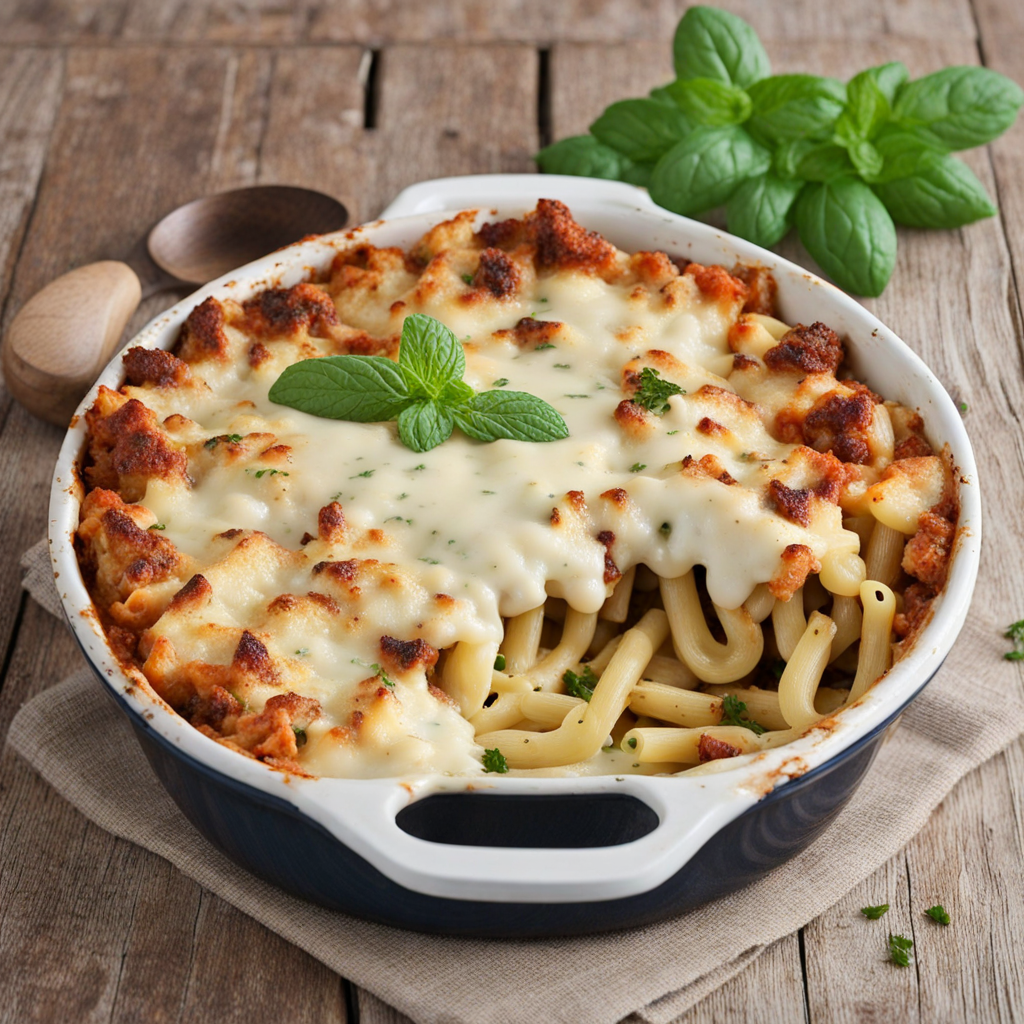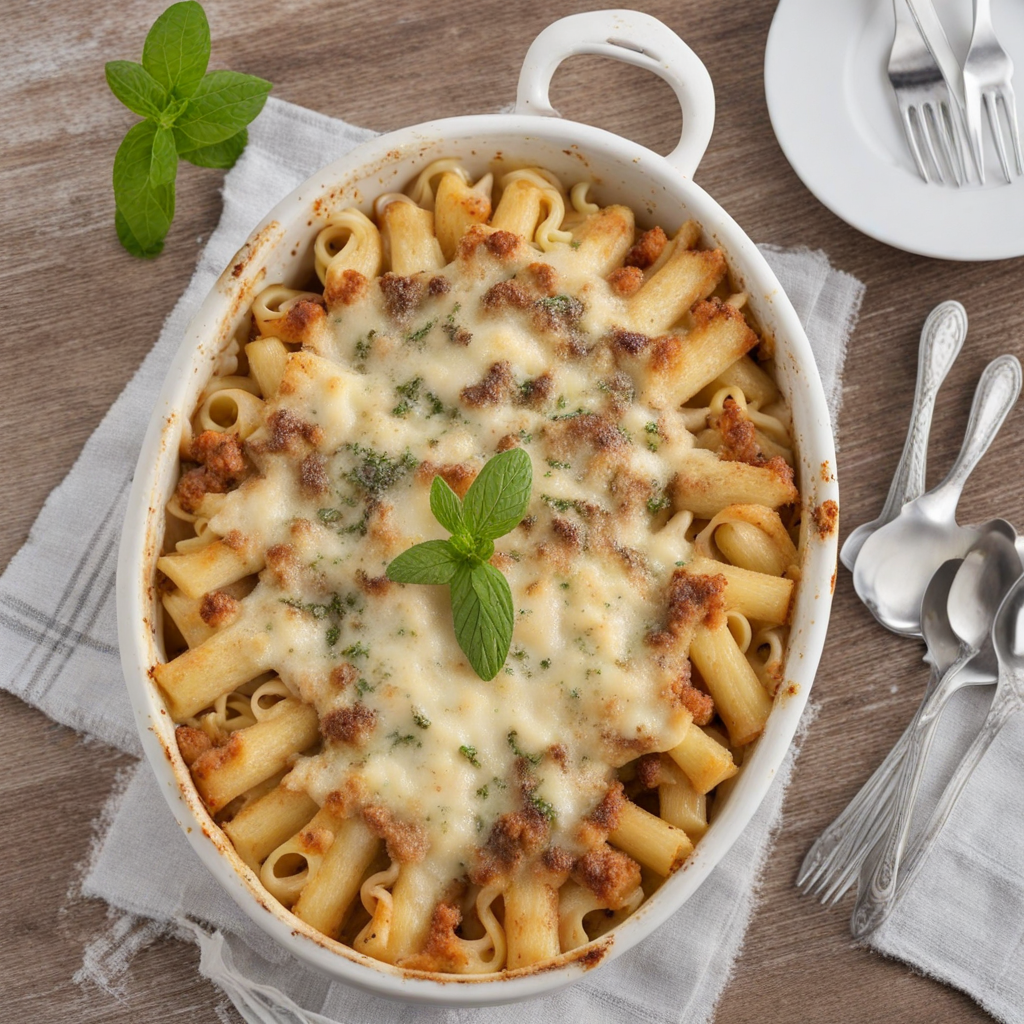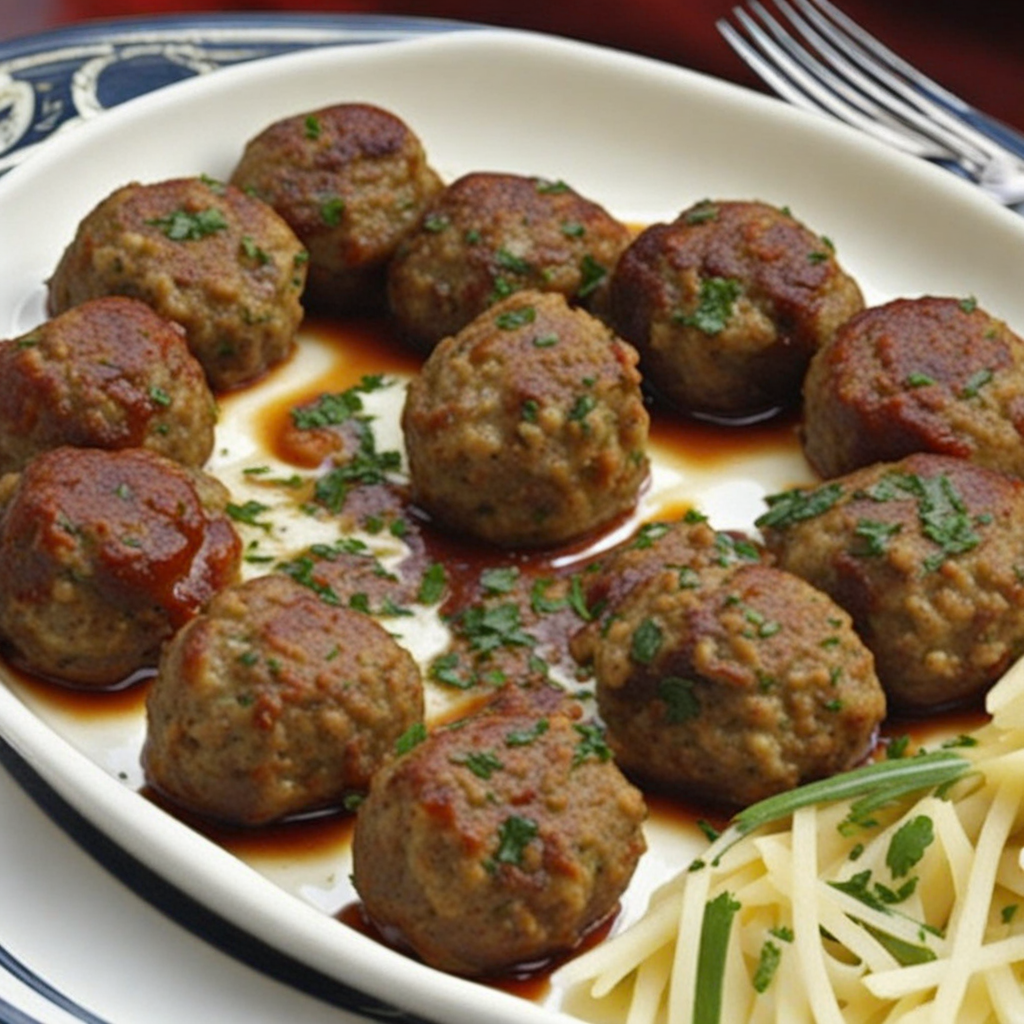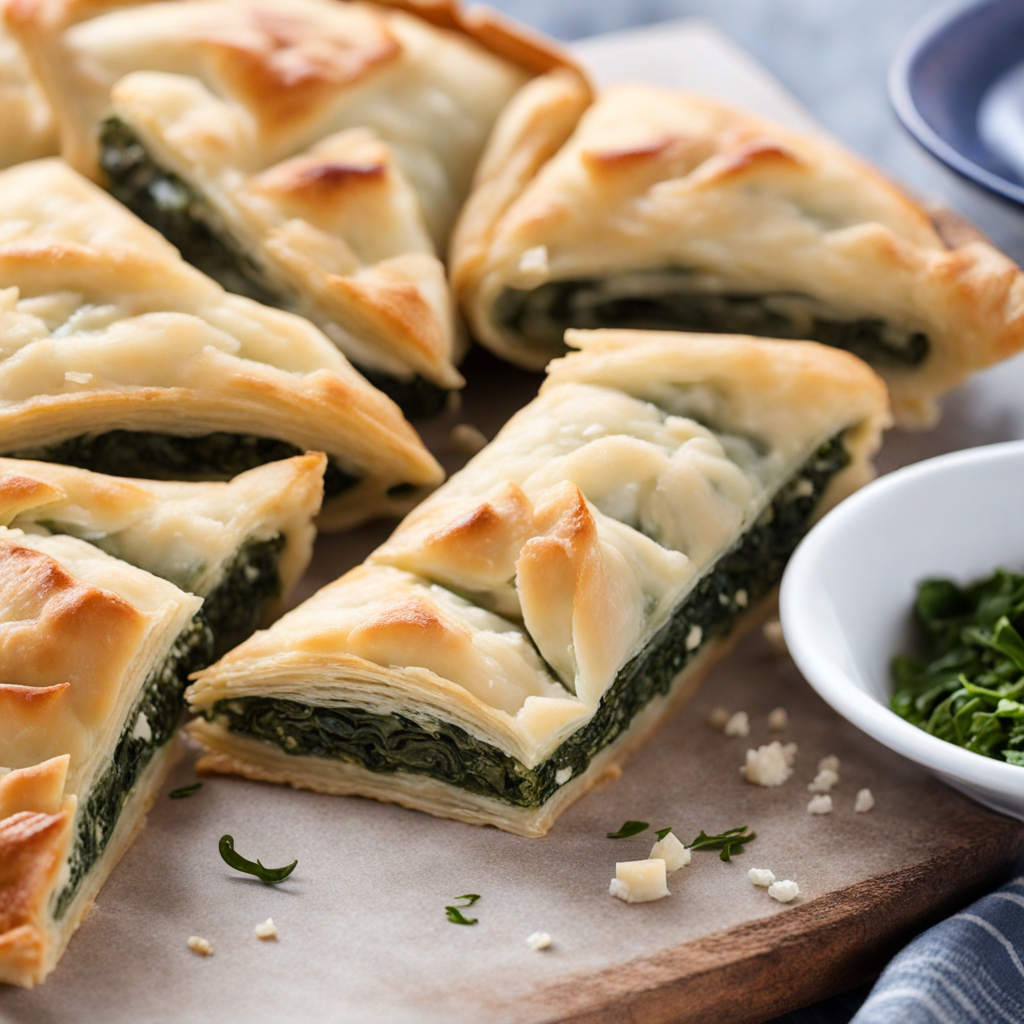Makaronia tou fournou
Makaronia tou fournou is a traditional Cypriot baked pasta dish that embodies the rich culinary heritage of the island. This comforting meal features layers of macaroni, cheese, and a hearty meat sauce, typically made with minced beef or lamb, infused with aromatic spices such as cinnamon and nutmeg. The pasta is cooked al dente before being combined with the savory sauce and a generous amount of grated cheese, often a mix of local varieties like Halloumi and Anari, which melt beautifully during the baking process. Once assembled, the dish is baked in the oven until it achieves a golden, bubbly crust, creating a delightful contrast between the crispy top layer and the creamy, flavorful filling beneath. The combination of textures and flavors in Makaronia tou fournou makes it a crowd-pleaser, often served at family gatherings, special occasions, or simply enjoyed as a comforting weeknight meal. The dish captures the essence of Cypriot cuisine, showcasing the island's love for hearty, satisfying food. Each bite of Makaronia tou fournou offers a harmonious blend of rich, meaty flavors and the creamy goodness of cheese, making it an unforgettable experience for the palate. Often accompanied by a side salad or freshly baked bread, this dish invites diners to savor the warmth and hospitality that is central to Cypriot culture. Whether you are a pasta lover or simply looking to explore new culinary horizons, Makaronia tou fournou promises to transport you to the sun-kissed shores of Cyprus with every delicious mouthful.
How It Became This Dish
The History of Μακαρόνια του φούρνου: A Culinary Journey Through Cyprus #### Origins Μακαρόνια του φούρνου, or "baked macaroni," is a beloved traditional dish from Cyprus that encapsulates the island's rich culinary heritage. Its origins can be traced back to the medieval period when the island was influenced by various civilizations, including the Byzantines, the Venetians, and the Ottomans. The introduction of pasta to Cyprus is believed to have occurred during the time of the Italian influence, particularly from the Venetians, who ruled from 1489 to 1571. The word "macaroni" itself is derived from the Italian word "maccheroni," underscoring the Italian connection to this dish. The Cypriots adapted this Italian pasta to suit their local tastes and ingredients, incorporating the Mediterranean flavors that define the island's cuisine. Flour, water, and eggs came together to create pasta that would serve as a versatile base for hearty meals. Over time, baked macaroni evolved into a comforting dish, often served during family gatherings, holidays, and special occasions. #### Cultural Significance In Cypriot culture, food is much more than sustenance; it is a means of bringing people together. Μακαρόνια του φούρνου holds a special place in the hearts of many Cypriots and is often associated with family gatherings, celebrations, and communal meals. The dish embodies the spirit of hospitality, where sharing a meal with loved ones is an expression of care and love. Traditionally, the dish is prepared in large quantities, reflecting the Cypriot practice of hospitality, where guests are treated with lavish meals. It is not uncommon for families to prepare Μακαρόνια του φούρνου for significant occasions such as weddings, christenings, and religious festivals. This dish fosters a sense of community, as it is often made in large trays to be shared among friends and family, promoting togetherness and conviviality. #### Ingredients and Preparation The essence of Μακαρόνια του φούρνου lies in its simplicity yet richness. At its core, the dish consists of macaroni pasta, which is typically tubular in shape, layered with a robust meat sauce, and topped with a creamy béchamel sauce. The meat sauce often includes minced lamb or beef sautéed with onions, tomatoes, and a blend of spices such as cinnamon and allspice, which are traditional in Cypriot cuisine. The béchamel sauce, a creamy mixture of butter, flour, and milk, adds a luxurious texture that complements the pasta and meat. This element of the dish is reminiscent of the French influence in the region, showcasing the cross-cultural exchanges that have shaped Cypriot cuisine. For a finishing touch, the dish is often sprinkled with grated cheese before being baked until golden and bubbling. Over time, variations of the recipe have emerged, reflecting regional tastes and personal preferences. Some families might add vegetables such as spinach or use different types of cheese, while others might experiment with cooking methods, such as preparing the dish in a clay pot, which adds a distinct flavor. #### Evolution Over Time As Cyprus transitioned through various historical phases, so did its culinary landscape. The British colonial period (1878-1960) introduced new ingredients and cooking techniques, which influenced traditional dishes, including Μακαρόνια του φούρνου. The introduction of processed cheeses and other dairy products provided new avenues for experimentation, leading to the incorporation of cheddar or other cheeses into the béchamel sauce. The globalization of food culture in the late 20th and early 21st centuries has also impacted traditional dishes like Μακαρόνια του φούρνου. With the rise of tourism and the exchange of culinary ideas, many restaurants began to offer modern interpretations of the dish, catering to a diverse clientele. While these adaptations are often well-received, they sometimes spark debates among traditionalists who argue that the essence of the dish should remain unchanged. Despite these changes, the core of Μακαρόνια του φούρνου remains rooted in its history. It continues to evoke nostalgia for many Cypriots, serving as a symbol of cultural identity and continuity. Families pass down recipes from generation to generation, ensuring that this cherished dish remains a staple in Cypriot households. #### Modern Day In contemporary Cyprus, Μακαρόνια του φούρνου is still a beloved dish, often featured in restaurants and homes alike. It embodies a sense of comfort and familiarity, appealing to both locals and visitors who seek an authentic taste of Cypriot cuisine. The dish is often paired with traditional sides like a fresh salad or tzatziki, enhancing the dining experience and showcasing the island's culinary diversity. Moreover, the rise of food festivals and cultural events in Cyprus has further popularized traditional dishes, including Μακαρόνια του φούρνου. These gatherings celebrate the island's rich heritage, allowing locals and tourists to come together to enjoy the flavors of Cyprus. Such events provide an opportunity for chefs to showcase their culinary skills while preserving the traditional methods of preparation. In recent years, there has been a growing interest in the health aspects of traditional foods. With more emphasis on using fresh, local ingredients, many cooks are returning to the roots of Cypriot cuisine, focusing on quality over quantity. This trend has reignited appreciation for dishes like Μακαρόνια του φούρνου, as people seek out authentic flavors and sustainable practices. #### Conclusion Μακαρόνια του φούρνου is more than just a dish; it is a culinary symbol of Cyprus, reflecting the island's history, culture, and the resilience of its people. Its evolution over time showcases the influences of various civilizations while preserving the essence of Cypriot cuisine. Whether enjoyed at a family gathering or a local restaurant, this baked macaroni dish continues to bring people together, embodying the spirit of hospitality and community that defines the island of Cyprus. As the world embraces diverse culinary traditions, Μακαρόνια του φούρνου stands as a testament to the rich tapestry of flavors and stories that make up Cypriot identity.
You may like
Discover local flavors from Cyprus







